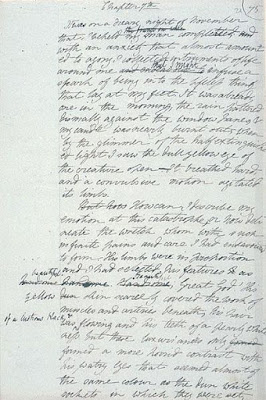As per Greek mythology, one of the labours of Hercules was cleaning the stables of King Augeas. The King owned thousands of heads of cattle, horses and goats. Every night they would be driven into a stable. which had become really filthy. Hercules managed to clean the place by diverting a river which flowed nearby through the stables and cleaned up the entire place in one go.
As part of the the ongoing Swachh Bharat Abhiyaan launched by our Prime Minister, a Swachh Survekshan has been conducted. The results are out and Patna comes out right near the bottom of this survey, ranked 70th out of 73 cities covered under the survey. The results are as expected. It just confirms what we already knew. The city lags behind on every single parameter covered in the survey (Details).
On a recent trip to the city, found it filled with filth. Rubbish was thrown all around, there are open drains filled to the brim and mostly choked. All kinds of animals cows, buffaloes, dogs, chicken, ducks, goats were roaming around and eating from the same piles of garbage. Except for the modern cars plying on lanes meant for 2-wheeler's and bullock carts, it almost seemed as if the city was still living a couple of centuries behind the rest of the urbanized world, especially in matters of hygiene.
Below are few sample pictures from my recent trip.
| (a) Housing complexes surrounded by standing water; (b) Cows munching in the garbage filled roads; (c) Unlit lanes; (d) Crumbling buildings - In all a picture of complete squalor |
Cleaning up Patna would be no less than the labour of cleaning the Augeon Stables. But we can't depend on a single Hercules to the task. A filthy garbage riddled city is not a unique problem. Most of the big European cities were in equally bad shape in the 19th and early 20th century. Urbanization had brought with it problems of waste management. Lee Jackson's book "Dirty Old London" describes the state of squalor in London. London was described as having choking, sooty fogs; the Thames River was thick with human sewage; and the streets were covered with mud. (Sounds familiar). The book goes on to describe how the city came up with its innovations and fought its way towards cleanliness.
This is not just a European phenomenon. Though it is hard to imagine now, Singapore was equally, if not more filthy under the British rule (Singapore Sanitation). But the initiatives undertaken by former PM Lee Kuan Yew transformed it into one of cleanest countries in the world. The Singapore model was adopted by other developing South East Asian countries. It requires strong political leadership, public infrastructure development and strict implementation of rules to make the program a success.
Given Patna's size and population, the solutions would need to be even larger in scale.It is not as if nothing has been done in this regard. Patna has provided leadership in this regard earlier also. Dr. Bindeshwar Pathak and his foundation Sulabh International were the original Swachh Bharat Abhiyaan campaigners. The work done by Sulabh in building sanitation systems has been globally recognized. However, we can certainly do with more such sustained campaigns for cleaning up this mess.
An example can be taken from the city which ranked bottom of the survey, Dhanbad (another place where I have a personal connect). Post the results, the students of my alma mater have decided to take up the matter in their own hands. A waste management start-up called Total Waste Solutions or ToWaSo has been launched by the Centre for Innovation, Incubation and Entrepreneurship at ISM, which is working on the theme 'Utilize the Waste before it gets Wasted'.
More such schemes would be needed. Only a joint effort by the administration and the citizens can accomplish this seemingly Herculean task of cleaning up the city. It is possible. There are parts of the city, the so called VIP areas which are models of cleanliness with no garbage dumps and wide tree-lined roads. But they are only tiny pockets in a huge city. It is necessary to ensure that these areas expand further. It needs a strong political will, dedicated funding for the development of public infrastructure, and strict monitoring with heavy fines for rule breakers. Patna has recently deployed lots of traffic police in an attempt to decongest and manage the traffic. Sanitation department also needs similar manpower to drive the cleanliness initiative. And the efforts need to be sustained over years for results to come.
And yes, the Swachh Bharat Abhiyaan would be considered a great success if this task is accomplished.
P.S. An old blog post on the subject of sanitation (Link)


